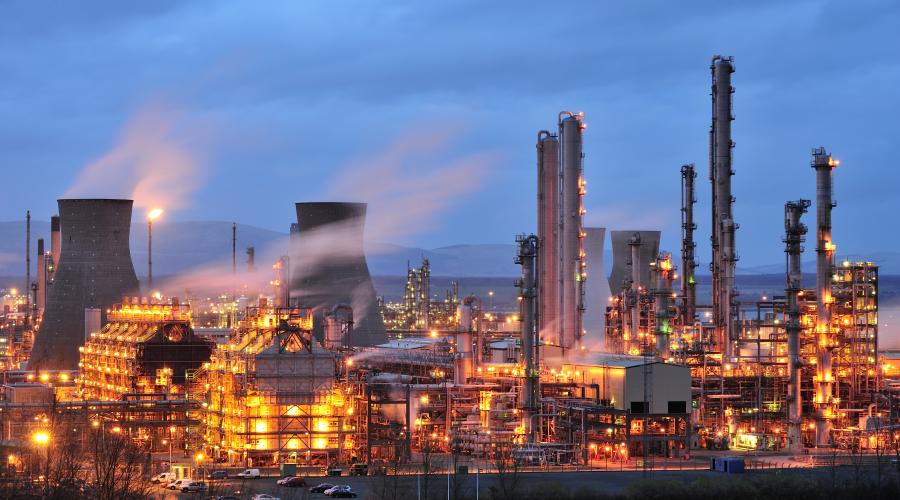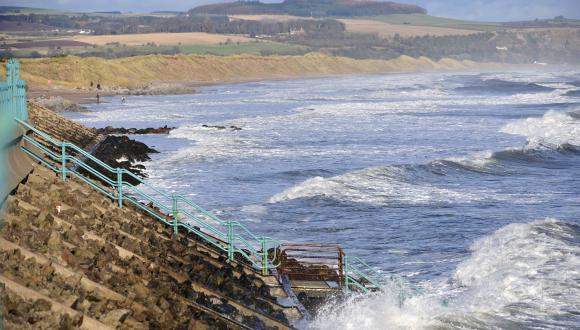
Oil and gas
We provide advice on large-scale oil and gas activities and nature conservation or landscape impacts, both offshore and on land.
Scotland is thought to be the largest producer of oil and the second largest producer of gas in Europe.
The oil and gas industry currently supports around 196,000 jobs in Scotland. In 2016, it contributed around £13 billion to Scotland’s GDP (about 12% of the total).
The Oil and Gas Authority is responsible for strategic planning and licensing the exploration for oil and gas. The UK Government Department for Business, Energy and Industrial Strategy (BEIS) regulates all oil and gas projects within the UK.
Offshore and onshore responsibilities
Most oil and gas activity in Scottish waters takes place ‘offshore’ – beyond 12 nautical miles from the coastline. It’s the role of the Joint Nature Conservation Committee to provide nature conservation advice on offshore activities.
The oil and gas industry is also active in a small number of ‘inshore’ locations such as the Moray Firth. NatureScot provides advice in relation to these developments and to the piping and shipping of oil and gas products onshore for processing. We will also advise on natural heritage interests in relation to decommissioning activities (offshore or onshore), which are set to increase in the coming decades.
Our advisory role
Our advice covers the full exploration, production and decommissioning cycle, with a view to minimising negative effects on landscape and visual interests, and key environmental receptors.
Environmental receptors include:
- marine mammals
- birds
- fish
- seabed habitats
We work closely with JNCC on the provision of oil and gas advice, particularly as JNCC publishes guidance on aspects such as seismic survey and explosive use offshore.
You can email our Marine Energy team for advice at [email protected].
Oil spills
NatureScot must be consulted if an oil spill occurs either:
- in Scotland’s territorial waters – within 12 nautical miles or designated enclosed waters
- outside territorial waters – if the oil is likely to affect Scotland’s territorial waters or coast
It’s our duty to provide information and advice on the possible natural heritage impacts of both the incident and any proposed clean-up operations. NatureScot is a member and co-chair of the Scottish Standing Environment Group, which will be established as need dictates depending on the scale and threat of a spill.
The Maritime and Coastguard Agency (MCA) is the competent authority in the UK that responds to pollution from shipping and offshore installations. The national contingency plan sets out the respective roles in this area of the MCA, Marine Scotland/Marine Scotland Science, NatureScot and the Scottish Environment Protection Agency (SEPA).
Emergency contact for major pollution incidents
Temporary arrangements for our 24 hour marine emergency response cover are currently being provided on a rota basis between several members of NatureScot staff. A generic email address is monitored for all emergency marine pollution incidents:




